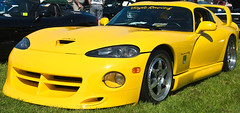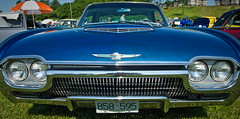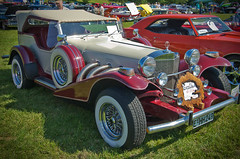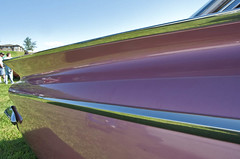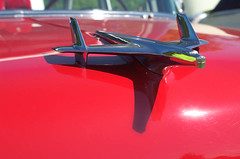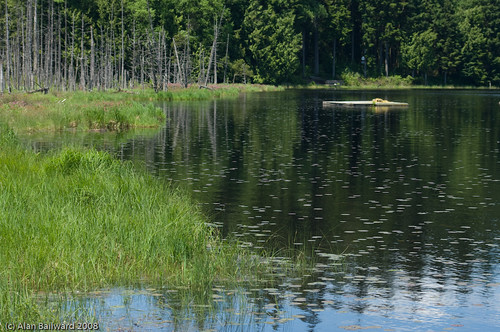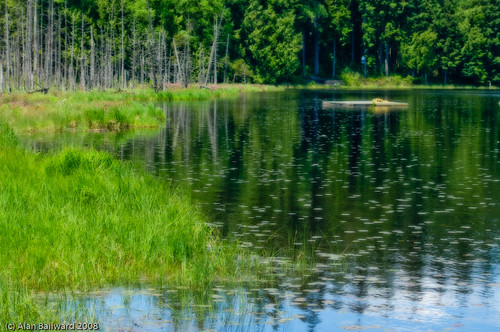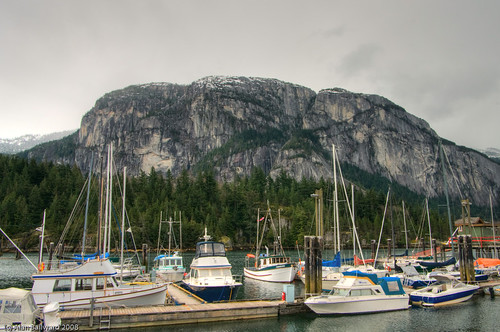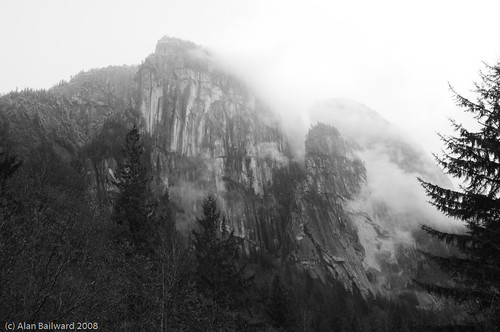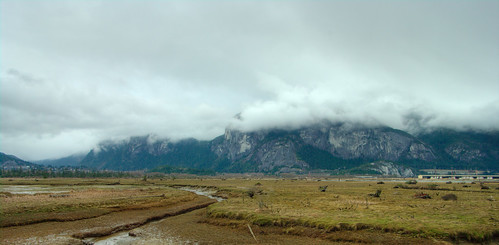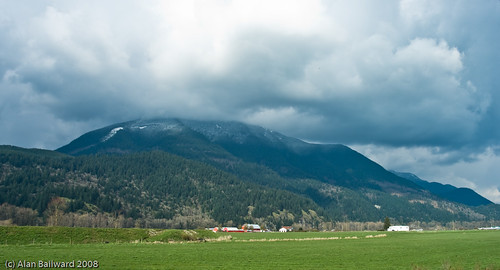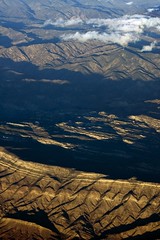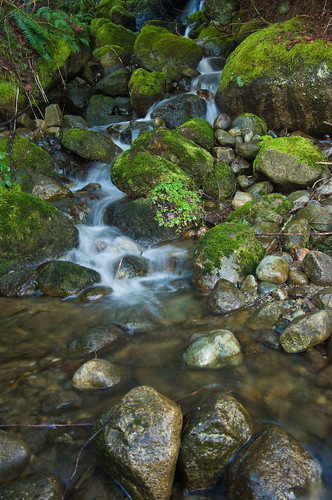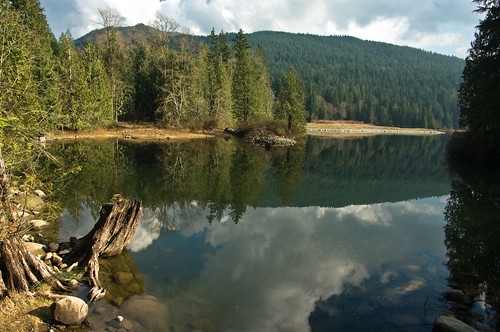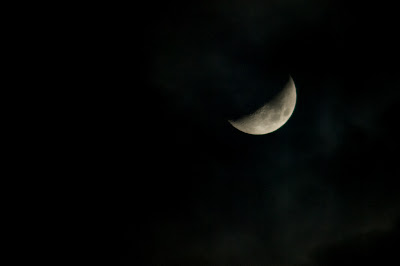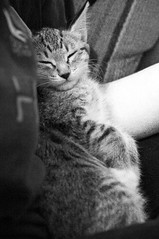A friend at work had a couple of questions about how to take good pictures of streetlight lit snow covered trees, specifically in terms of white balance. Not saying that these are the best examples in the world or anything, but for an exercise.....
These were both taken at 1/4 at f/4.0, ISO800. I initially selected the Tungsten white balance setting on camera (even though I shoot RAW). This gave a not bad rendition, but still fairly yellow. In Lightroom tungsten WB shows up as a color temperature of 2850k. Playing with the sliders and presets it seemed that the lower the color temperature setting was the more white and less yellow/amber the overall color was, which made sense. I ended up with a setting almost at the lowest limit (2000k) of 2100k range which gave the very white look I have above.
Reading through this post on understanding white balance, they suggest (obviously, don't see why I didn't think of this) using the snow itself to set white balance (should your camera allow it). Using the WB dropper in lightroom on the snow it sets color temperature to 2150, which is pretty much what my manual setting was.
So basically, if your camera has a custom white balance setting, use it and use the snow as your guide. Even if it's flooded with that orange streetlight color the camera will set itself to consider that white, giving you nice white snow in your final image.
If your camera doesn't have a custom white balance, make sure you know about what color temperatures the different settings on your camera use, and use the lowest one you can. On the K20D this is Tungsten at around 2850k (according to page 160 in the manual).
Note of course that this is for this particular situation, snow lit by orange streetlights. The exact situation you have will vary, and heck, cameras these days even have a "snow mode" preset anyway! Some more snow tips are here at digicamhelp.com.
Don't forget that white snow will fool your sensor into thinking it's brighter than it is, so you need to manually set (about) -1EV on the camera to get a nice bright image and not a grey muddy one. Also experiment, find out what settings work best by taking lots of pictures to find what looks best to you!


